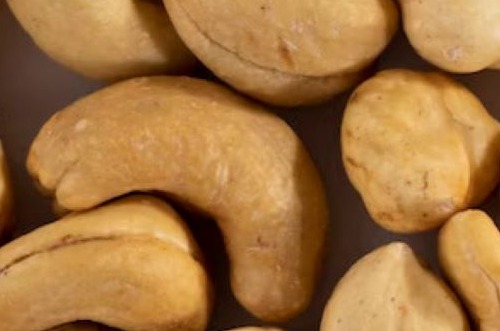W33: Cashew Update

In W33 in the cashew landscape, global demand for cashew nuts has significantly decreased since the end of the COVID-19 pandemic, leading to an industry price slump. This decline is due to various factors, including inflation and increased production. Ivory Coast, the leading global cashew producer, has been heavily affected by this situation. The country is struggling with a surplus of unsold cashew stocks due to a lack of industrial buyers. The oversupply and subsequent price recession have created a crisis in the cashew value chain, impacting farmers, buyers, and processors. Despite government subsidies and export incentives, many cashew processing plants face financial difficulties and potential closures. This crisis has been exacerbated by the rapid increase in cashew production across multiple countries, resulting in a surplus that has driven down prices.
Preliminary statistics from Vietnam's General Department of Customs indicate that in Jul-22 2023, cashew exports totaled 54.67 thousand tons, valued at over USD 304.3 million, a 7.5% decrease in volume and a 10.2% decrease in turnover compared to Jun-23. Over the first seven months of 2023, cashew nut exports reached 334.87 thousand tons, generating over USD 1.94 billion, a 13.3% increase in volume and a 9.7% increase in value compared to the same period in 2022. The average import price during this period was USD 5,805/ton, reflecting a 3% decrease from the previous year.
Notably, cashew nuts are among Vietnam's agricultural products, with export values exceeding USD 1 billion after the first seven months of 2023. The United States (US) stands as the largest import market for Vietnam's cashew nuts, with exports to the US totaling 14.38 thousand tons in July and 88.90 thousand tons over the first seven months of the year.
Lastly, Cambodia's Ministry of Commerce has introduced the National Policy on Cashew 2022–2027, aiming to elevate the nation into a major cashew producer, processor, and exporter. The policy focuses on increasing cashew output, developing processing facilities, expanding exports, and enhancing trade facilitation programs. The objective is to raise Cambodia's processing capacity from 5% to 25% by 2027 and potentially 50% by 2032. As of W33, over 90% of Cambodia's raw cashew nuts are exported to neighboring countries for processing, but the government aims to increase domestic processing by establishing new medium-sized processing plants. Cashew nut exports from Cambodia reached 600 thousand metric tons (mt) in 2019, 950 thousand mt in 2020, 1.1 million mt in 2021, and 670 thousand mt in 2022, with the majority being exported to Vietnam, Japan, and China.